
A couple of years ago, a designer of high-end tube equipment said something to me that left such an impact it eventually led me, now that the conditions seem right, to write this article. That mind-bomb was set off when I asked the designer if he’d ever consider making a class-AB amp. Shaking his head, he replied that he wouldn’t, because in his view class-AB couldn’t convey the soul of the music like a tube amp could. After a pause, he added: “But I believe class-D might be able to do so one day. When that happens, I might consider building a class-D amp.” So, has it happened?
You might think so by the growing chorus of accolades being bestowed on high-end class-D amplifiers. In his 2023 The Absolute Sound review of the Amped America AMP2400 amplifier, Steven Stone praised the amp for offering “an excellent alternative to the traditional high-power amplifier designs that have predominated for many years” and referred to the view shared by some audiophiles that class-D amps are inherently inferior to class-A or class-AB as being “antiquated”.
Hi-Fi+’s Eric Neff in his 2023 review of a pair of Atma-Sphere Class D monoblocks threw down the gauntlet by exclaiming, “Move over class-A, there is a new flagship in town, and you will want to use it year-round, no air conditioning required”. Stereophile’s Kalman Rubinson, in his 2021 review of NAD’s C 298, concluded that it, “challenges more expensive amps and should impress discerning listeners regardless of budget”, while in the same year and magazine, Michael Fremer, in his review of PS Audio’s M1200 monoblocks, compared the model’s performance to a “Porsche Carrera S” and dubbed it a “miracle performer”.

It might be stretching the truth to say that class-D is a recent amp phenomenon considering the technology was invented in the ‘50s and commercialized in the ‘60s. Except that it’s only recently that perfectionist audio companies have started using the topology in their higher-end offerings, which have been well-received by the audiophile community. Add in the number of China-based companies, such as Fosi Audio, Gustard, and Topping, that have gained a global reputation for offering excellent-value class-D products and it may begin to seem like we’re in the midst of an audiophile revolution of the likes unseen since the release of the compact disc.
What does it all mean for us audio enthusiasts? Just how good is class-D compared to class-AB or the much-revered class-A? Might class-D even, generally-speaking, surpass those more mature amplification classes?
I asked those questions in an email sent to a few well-established audio manufacturers who design both class-D and standard class designs. Their responses were immediate.
“Class-D can be better [than the other classes], but this could change as semiconductors improve,” wrote Atma-Sphere’s Ralph Karsten, before asserting, “Right now, class-D can sound as good as class-A or class-AB, whether tube or solid state.
“It all has to do with distortion,” Ralph continued. “The distortion signature of an amp is literally the sonic signature of that amp; it’s the difference you hear between amps. If you can get the same distortion, the amps will sound the same. Obviously, it becomes important to have the most benign distortion signature, so the amp is musical.”
He added: “In my opinion, preventing distortion from rising with frequency might be the most important aspect of this, something at which most amps using feedback have failed to do over the last 70 years. The second most important aspect is the harmonic spectra. The 2nd and 3rd harmonics, which are benign and innocuous to the human ear, must have enough amplitude to mask higher-order harmonics, which cause harshness and brightness, especially at higher volumes. If distortion rises with frequency, harmonics above that frequency where this happens will be unmasked.”
What about the effects of the well-known, oft-cited Total Harmonic Distortion (THD)? “It’s the least important aspect of distortion,” he said. “This is why low THD does not correlate with the most musical sound since the above qualities of distortion are far more audible.”
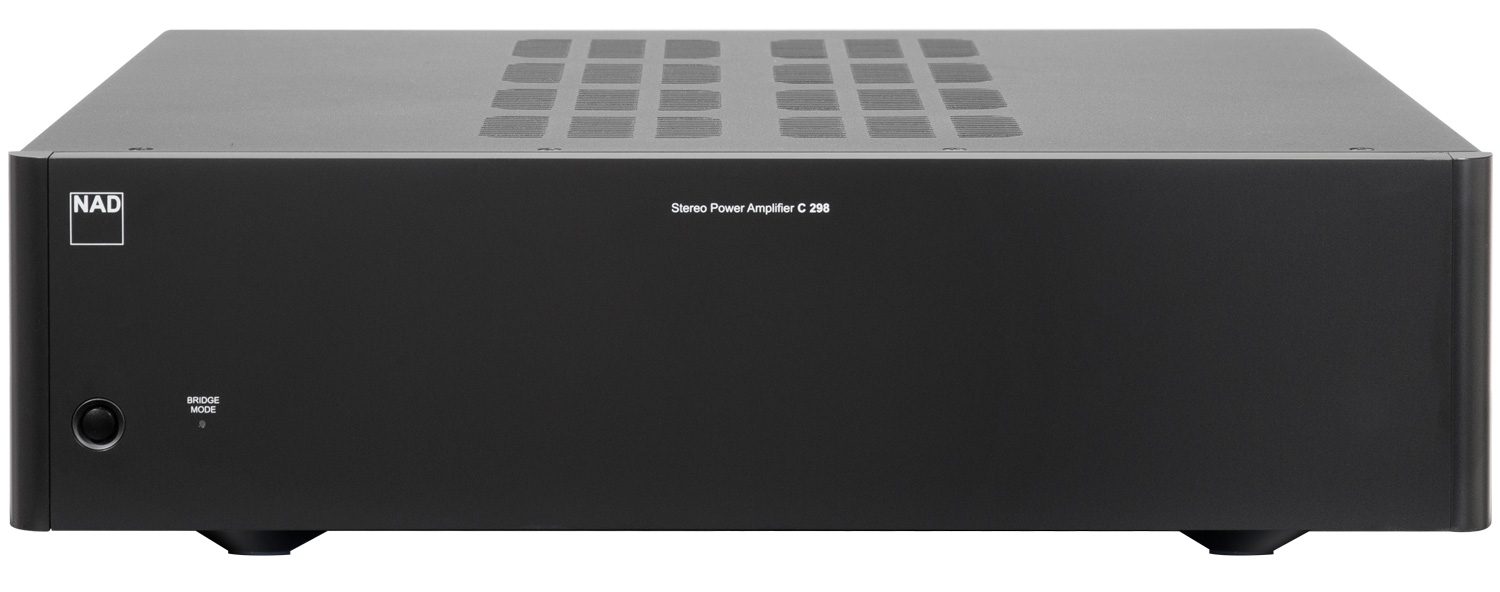
He concluded: “Class-D allows the designer to build an amp where the distortion versus frequency is a ruler flat line across the audio band. If the harmonic spectra [follows the 2nd and 3rd harmonics guideline] I described, the amp will be perceived as musical. If the THD is also kept low while the other aspects here are observed, this will result in greater transparency, too, since distortion obscures detail.”
NAD’s Director of Technology, Greg Stidsen, had this to say: “Like all amplifier classes, there are advantages and disadvantages to class-D. What is attractive about class-D is its relative efficiency and freedom from the vagaries of parts quality. In a linear amplifier such as class-A or class-AB, parts-matching and very close tolerances are required to get the best results, and even then, there is a limit to performance since the linearity of semiconductors varies considerably with temperature.
“With class-D, it’s more the quality of the mathematics and engineering that determines the performance,” Greg said. “Another way of saying this is that in a linear amplifier the design is fairly simple, but the execution is critical; in a switching amplifier, the design is very difficult, but the execution is straightforward.”
What did he see as the biggest breakthrough in class-D design? “Error correction—comparing the amplified output to the input and eliminating differences in real time,” he said. “This may sound simple enough, but the speeds involved in a switching amplifier have posed real challenges in circuit design. There will be further improvements as smart and passionate minds tackle the remaining problems. There may also be new regulatory mandates by governments requiring less energy consumption that could shape the market in the future.
“In our opinion,” he continued. “The best class-D designs already compete and beat most class-AB and class-A amplifiers. We wouldn’t offer them to audiophiles if we didn’t believe in the performance. Objectively, using the benchmarks for measured performance, this is indisputable. Subjectively, this is more complicated since not all distortion sounds bad. Part of what drives the ‘audio hobby’ is the process of finding components with complimentary distortions that sound good together, what we call system matching.”
He added: “There is no such thing as perfection, and if we somehow attained it, would everyone agree? Probably not. But our [company’s] philosophy has always been to let the music speak for itself without adding or subtracting information. In other words, with high fidelity to the original.”

PS Audio’s Paul McGowan wrote: “If you look at class-D, there are limitations you will always have to deal with. One of those, of course, is the analogue low-pass filter at its output, used to remove the switching pulses between transitions. While much wonderful work has been performed on this limitation, especially by class-D’s resident genius, Bruno Putzeys, the fact remains it’s there in the signal path. Another limitation is the dynamic range. In a typical PWM-modulated signal running at 100kHz or so, you’re basically limited to about 16-bits of resolution, about the same as a CD, which ain’t bad, but still.
“On the positive side,” he added. “The linearity of a class-D amplifier will almost always exceed that of an analogue-based power amp. They are different, and they sound different. In our products that use class-D output stages, we work with them, as we do all our circuit topologies, in the same way a fine wine vintner [works his wines]. We blend this and that to come up with an award-winning output. For example, in our class-D amplifier Stellar line, we use an analogue input stage to feed the PWM modulator. In the lower wattage models, that input stage is sweetened [using] low feedback FET designs, while in our highest wattage model, the M1200 monoblock, we add a tube input stage to perform a similar function.”
“Analogue power amps, too, have their limitations or quirks,” Paul said, “which we also solved in the design by blending the proper amount of technology and topology to come up with winning design choices, all in service of the music.”
He concluded: “I think using class-D technology for the power supply, as opposed to the huge analogue transformers, etc., and using analogue output and input stages for the audio signal is likely the best topology currently available today. Time will tell if that reverses or changes.”
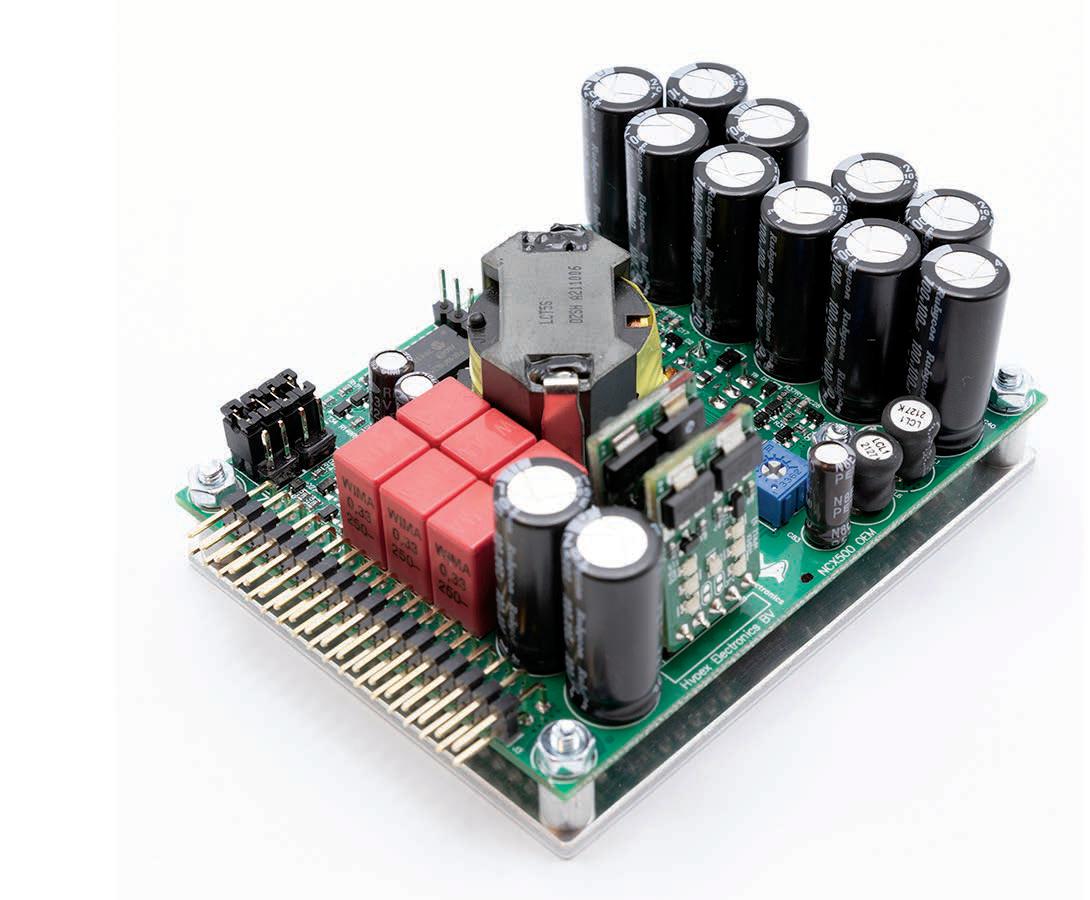
About that resident genius Paul mentioned—Belgian engineer and Kii Audio co-founder Bruno Putzeys. I think it’s fair to say that class-D amplification would not have the status it has today if not for the fact Bruno spearheaded the class-D revolution with his Hypex UcD and Ncore class-D designs used by most high-end audio manufacturers today. I also doubt that, if not for Putzeys seminal role in making class-D sound as good as it does, that the tube designer I spoke of at the start of this piece would’ve told me what he did that blew my mind.
When I asked Bruno if he’d be willing to contribute a paragraph to this discussion about class-D’s future, he sent me his response with an intriguing foreword: “I do hope you can afford me a few more words than a paragraph, particularly because I’m fairly certain that it’ll run directly counter to at least some of the other replies you’ll get.
“To be completely blunt,” his response began. “State-of-the-art class-D amplifiers are good, not because they’re class-D, but in spite of it. I chose a career in class-D because I liked the [the technology’s] efficiency and compactness, and I was hoping to combine that with high fidelity.
“My first attempt immediately sounded appealing and engaging. The idea that class-D sounded ‘harsh’ was never true and was only perpetuated by people who’d never heard one. As proof of that, rudimentary zero-feedback designs still regularly hit the shelves and garner praise on account of their striking sonic character. But Hi-Fi, they were not. I wanted an amplifier you couldn’t hear, one that anyone could use and be happy with in any stratum of the market. And that turned out to be inordinately difficult [to design].
“The secret lay not in the power stage but in the control circuit, i.e., the modulator and the error correction. The mathematics required to fully understand a class-D amplifier is similar to what’s used in sigma-delta AD/DA chips, only more complicated. It’s not taught at any school. But the change you can make by only tweaking the power stage (faster FETs, etc.) is tiny compared to the effect of better error control. So, mathematics it was.
“Designers of traditional amplifiers are not known to geek out on mathematics,” said Bruno. “They wouldn’t have to anyway; it’s not that difficult to build a respectable class-A amplifier using nothing but a few well-worn rules of thumb. The result was that while class-D crept steadily forward, class-A pretty much stagnated.
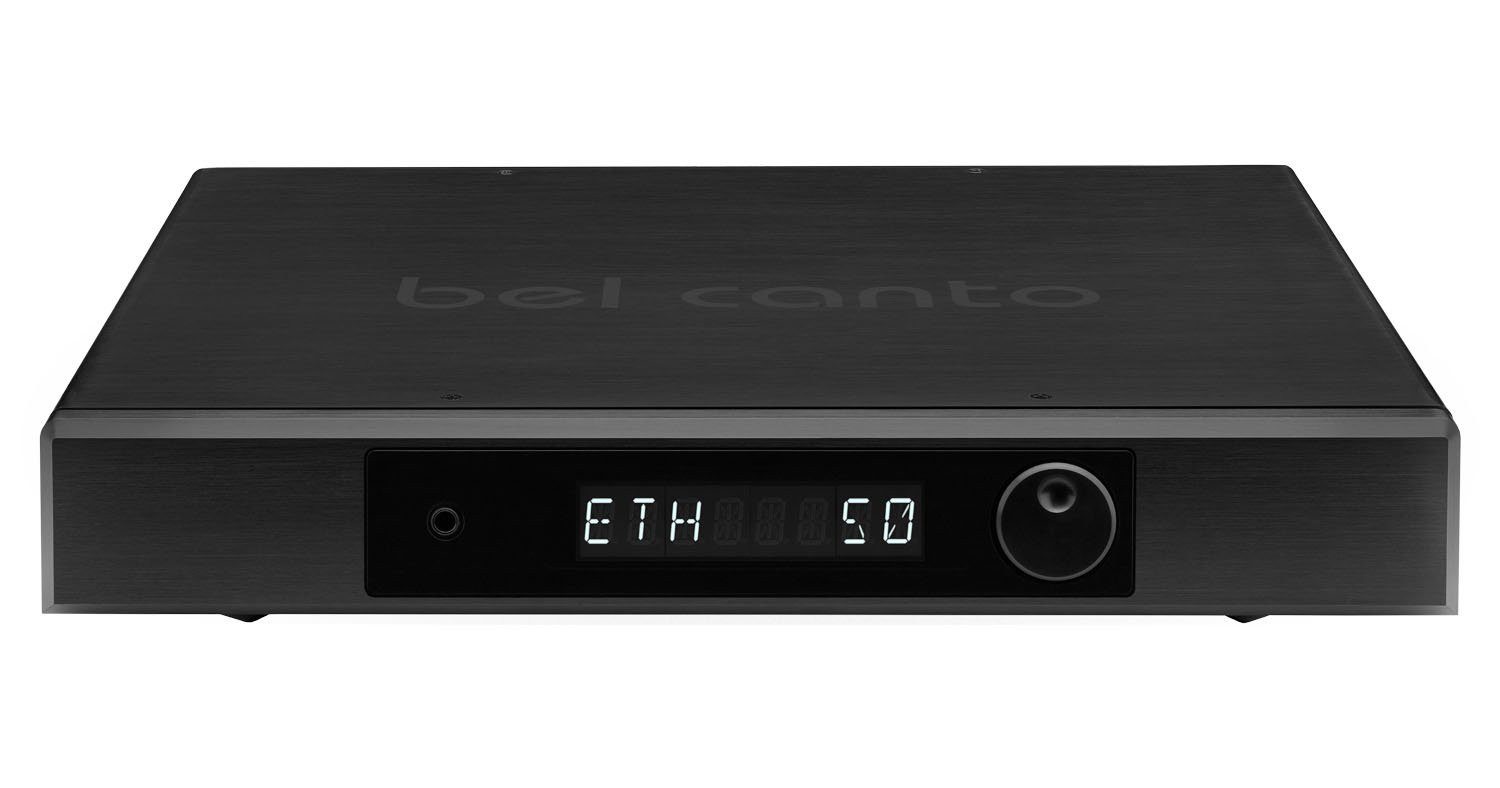
“This has caused a curious paradigm reversal,” he continued. “The question is no longer whether class-D is approaching the quality of class-A, but how many class-A amplifiers can really claim to be up there with the best of class-D? Make no mistake, the fundamental fact still holds: any given level of performance is much easier to achieve in class-A than in class-D. But designers of class-A amplifiers have, by and large, sat on their laurels. I could easily design a better class-A amplifier, but I see no one waiting for a better petrol engine.
“The level of difficulty explains why virtually all demonstrably good class-D-based products use prebuilt modules,” he wrote. “The effort of working this stuff out only ever pays off if you can re-use the design in hundreds of products. That’s a mixed blessing. On the one hand, class-D modules have turned high-end amplification into a commodity. On the other, it’s still de rigueur in the audiophile market to have distinguishing (i.e., home-grown) technology. Mine and my competitors’ work of decades raising class-D to adulthood now lends a halo effect to any class-D amplifier. Today, almost any class-D amplifier gets a rave review, no matter how crude the design. This could well prove perilous in the longer run to class-D’s hard-won reputation.”
He added: “[One] way to escape from this is for the audiophile market to [focus less on] separate components. If you want to know what’s scaring younger customers away, it’s the idea that they should suddenly school themselves in amplifiers, DACs, cables, and whatnot before they can buy something that plays quality sound. Active speakers are a way out of this. If high-end audio has a future, it’s in system [integration], where the amplifier is simply a necessary functional block but where the real cleverness lies in the concept of the system as a whole and how it functions, sonically and practically.
“There is a whole future in front of us with radically improved sound systems,” said Bruno. “If only the market were ready to accept that the amplifier part is basically a solved problem.”
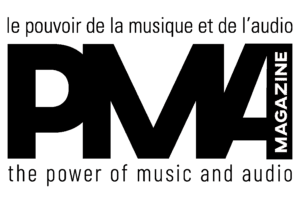
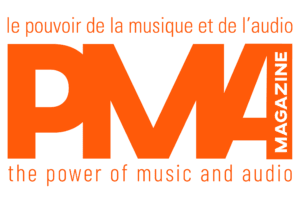
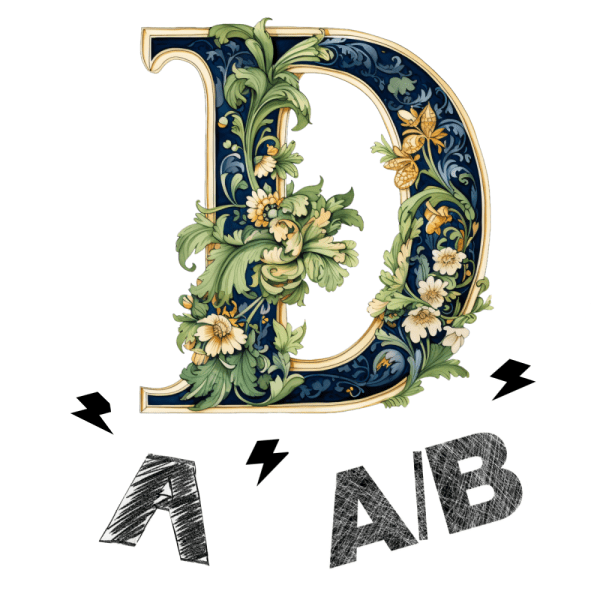
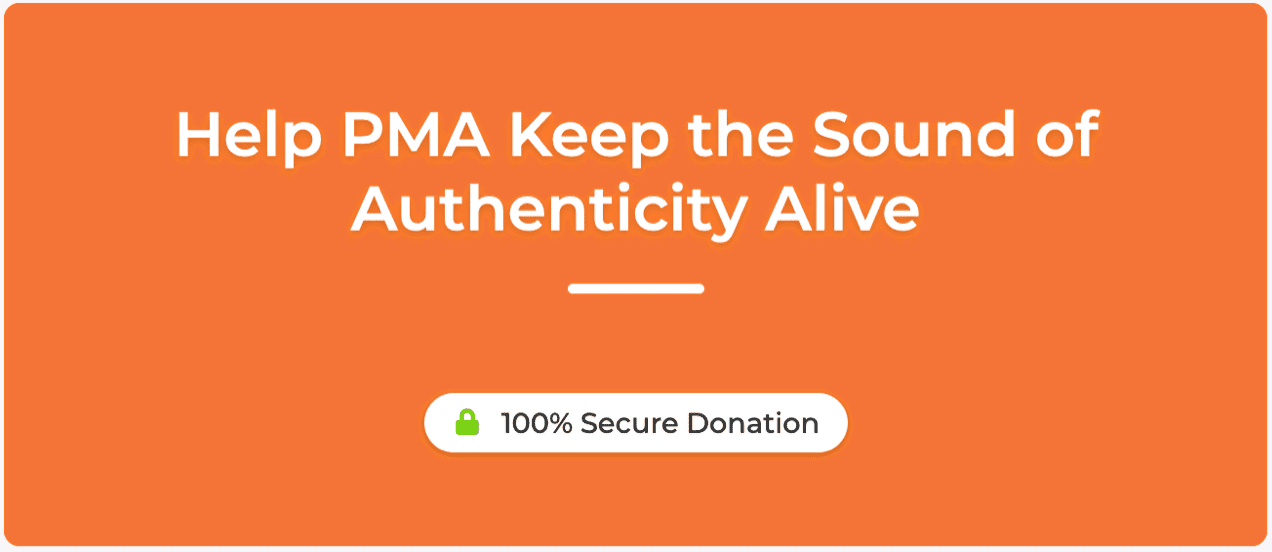






Leave a Reply